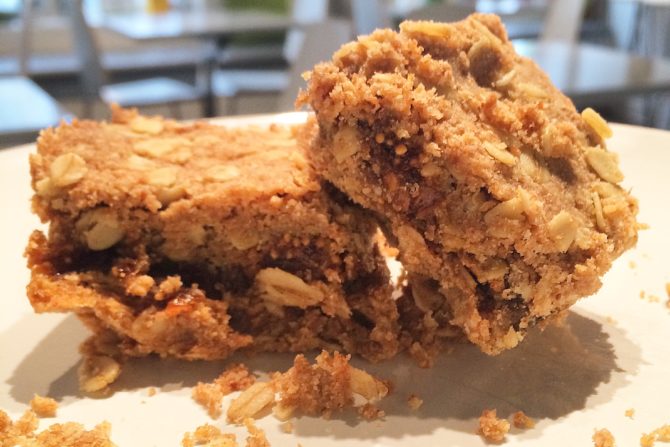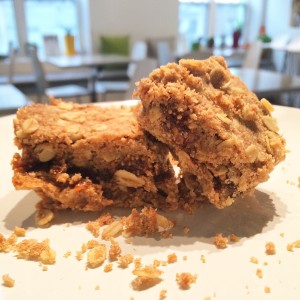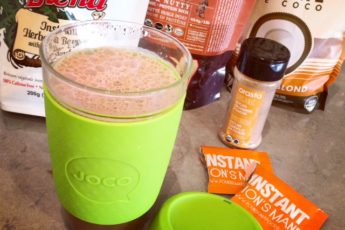Do you experience headaches, bloating, and swelling after eating packaged and preserved products? If so, there is a hidden category of food additives to which you may be allergic without even realizing it – sulphites!
Sulphites are regulated food additives used as preservatives to maintain food colour and prolong shelf life by preventing the growth of micro-organisms. Just so you know, dried Apricots should not be bright orange, instead they are brown. They are also used to maintain the potency of certain medications. You may find these in bleached food (e.g. potato) and they may even appear in the production of some food packaging materials, such as cellophane. People with asthma are most likely to have sulphite sensitivity. Some of the most common symptoms of a sulphite reaction are migraines and asthma attacks.
The most severe form of an allergic reaction is called anaphylaxis, which can include breathing difficulties, a drop in blood pressure, or shock, which may result in loss of consciousness and even death. A person experiencing an allergic reaction to sulphites may have any of the following symptoms: Flushed face, hives or a rash, red and itchy skin; swelling of the eyes, face, lips, throat and tongue, trouble breathing, speaking or swallowing; anxiety, distress, faintness, paleness, sense of doom, weakness; cramps, diarrhea, vomiting, rapid heartbeat or loss of consciousness.
It is amazing how many foods you may be eating every day which contain sulphites. You can especially tell if a product has been exposed to sulphites if it still has its bright colour or a long shelf life. For instance, most fruits brown naturally when exposed to air, so natural dried fruits are usually brown in colour. However a product containing sulphites will remain bright in colour. Avoid food and products that do not have an ingredients list and read labels every time you shop. Manufacturers may occasionally change their recipes or use different ingredients for varieties of the same brand. Common names for sulfites include, potassium bisulphite/ metabisulphite, sodium bisulphite/dithionite/ metabisulphite/sulphite, sulfur dioxide, sulphit- ing agents, or sulphurous acid. Currently, there is no cure for food allergies or sulphite sensitivity. The only option is complete avoidance of the specific allergen. In this case, it means eating a cleaner and more whole food based diet, which can only benefit your health and help avoid unpleasant allergic reactions!
Common Source of Sulphites
» Alcoholic and non-alcoholic beer and cider
» Baked goods
» Bottled lemon and lime juice or concentrate
» Canned or frozen fruits and vegetables
» Cereal, cornmeal, cornstarch, crackers, and muesli
» Condiments
» Deli meat, hot dogs, sausages
» Dressings, gravies, guacamole, sauces, soups, and soup mixes
» Dried fruits or vegetables
» Dried herbs, spices, tea
» Fish, including crustaceans and shellfish
» Fresh grapes, lettuce
» Fruit filling, fruit syrup, gelatin, jams, jellies, marmalade, molasses, and pectin
» Fruit and vegetable juices including coconut, grape, sparkling grape, white grape
» Glazed or glacéed fruits
» Potatoes which have been dehydrated, peeled, pre-cut or mashed.
» Prescriptive medication
» Snack foods including candy, chocolate or fruit bars, tortilla or potato chips, french fries, soft drinks, and trail mix
» Processed soy products
» Starches from corn, potato, sugar beet, and found in noodles and rice mixes
» Sugar syrups containing glucose, glucose solids, or syrup dextrose
» Tomato paste, pulp, or puree
» Vinegar, wine vinegar
» Wine
To find out more about what’s lurking in your food listen to the FOOD BABE on the ULTIMATE HEALTH PODCAST. Some scary stuff happening in the food industry that you are going to want to know about! Think twice about Subway and Starbucks!



